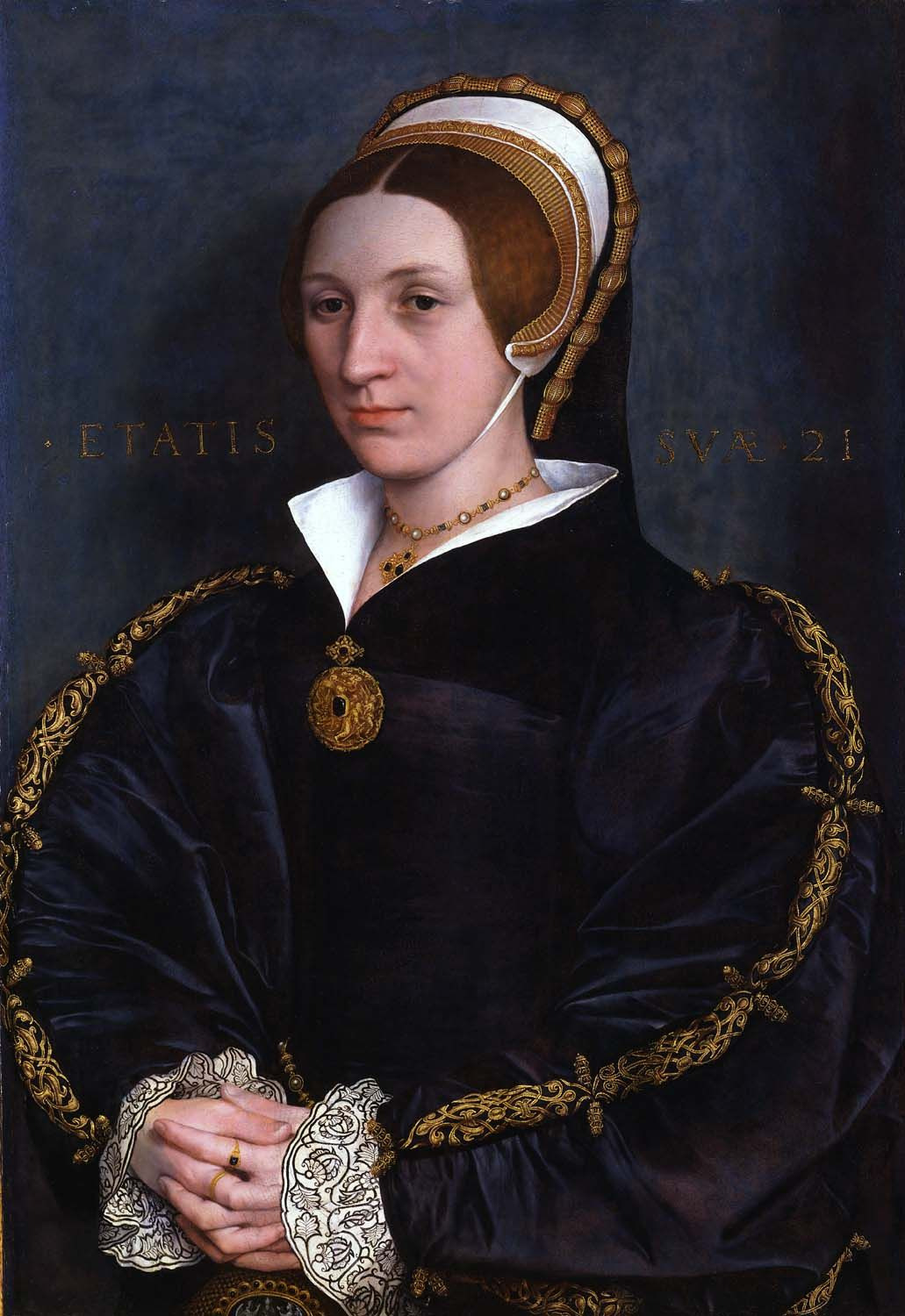Holbeinesque jewellery on:
[Wikipedia]
[Google]
[Amazon]
 Holbeinesque jewellery includes pendants, brooches and earrings in the neo-Renaissance or Renaissance Revival style, and once again became fashionable in the 1860s. The designs differ from the older stylised and pious
Holbeinesque jewellery includes pendants, brooches and earrings in the neo-Renaissance or Renaissance Revival style, and once again became fashionable in the 1860s. The designs differ from the older stylised and pious
 Holbeinesque jewellery includes pendants, brooches and earrings in the neo-Renaissance or Renaissance Revival style, and once again became fashionable in the 1860s. The designs differ from the older stylised and pious
Holbeinesque jewellery includes pendants, brooches and earrings in the neo-Renaissance or Renaissance Revival style, and once again became fashionable in the 1860s. The designs differ from the older stylised and pious neo-Gothic
Gothic Revival (also referred to as Victorian Gothic, neo-Gothic, or Gothick) is an architectural movement that began in the late 1740s in England. The movement gained momentum and expanded in the first half of the 19th century, as increasingly ...
jewellery, in that they are extravagantly opulent – this richness of form and colour which had appealed to the Tudor court was rediscovered by Victorian jewellers and their patrons, reviving a fashion that flourished into the early 1900s.
The style is characterised by a large, centrally-placed cabochon
A cabochon (; ) is a gemstone that has been shaped and polished, as opposed to faceted. The resulting form is usually a convex (rounded) obverse with a flat reverse. Cabochon was the default method of preparing gemstones before gemstone cutt ...
gemstone, cameo or intaglio mounted in gold and colourful enamel work, such as basse-taille
''Basse-taille'' (bahss-tah-ee) is an enamelling technique in which the artist creates a low-relief pattern in metal, usually silver or gold, by engraving or chasing. The entire pattern is created in such a way that its highest point is lower ...
, champlevé
Champlevé is an enamelling technique in the decorative arts, or an object made by that process, in which troughs or cells are carved, etched, die struck, or Casting (metalworking), cast into the surface of a metal object, and filled with vitre ...
, cloisonné
Cloisonné () is an ancient technique for decorating metalwork objects with colored material held in place or separated by metal strips or wire, normally of gold. In recent centuries, vitreous enamel has been used, but inlays of cut gemstones, ...
and en ronde bosse. Beneath this, a drop-shaped pearl or diamond-set lozenge was suspended. The back of each piece is often elaborately engraved using scroll and foliate ornamentation. Such designs were inspired by the art of Hans Holbein the Younger, and were often copied from jewellery depicted in Holbein's portraits of Tudor ladies from the court of Henry VIII by jewellers such as John Brogden and his fellow worker, Carlo Giuliano. Other jewellery houses producing Holbeinesque pieces, were those of Jules Wièse, Boucheron
Boucheron () is a French luxury jewellery and watches house located in Paris, 26 Place Vendôme, owned by Kering.
History
At the origins
The House of Boucheron is a French family dynasty founded by Frederic Boucheron in 1858, with the opening ...
, Chaumet
The House of Chaumet (), founded in 1780, is a jeweller based in Paris.
Chaumet is a jewellery and watchmaking designer founded in 1780 by Marie-Étienne Nitot. Fourteen artisans ply their trade in the workshop on Place Vendôme under the dire ...
and Vever. Besides paintings of his sitters wearing their jewellery, Holbein also left detailed drawings of pieces, some copied from his sitters' pieces, some of his own design.
The motifs used came from classical mythology or from 16th-century Mannerist
Mannerism, which may also be known as Late Renaissance, is a style in European art that emerged in the later years of the Italian High Renaissance around 1520, spreading by about 1530 and lasting until about the end of the 16th century in Ita ...
ornamentation, involving hybrid human/animal forms known as grotesque
Since at least the 18th century (in French and German as well as English), grotesque has come to be used as a general adjective for the strange, mysterious, magnificent, fantastic, hideous, ugly, incongruous, unpleasant, or disgusting, and thus ...
s, torsos ending in columns or pedestals called terms, and chimeras. putti
A putto (; plural putti ) is a figure in a work of art depicted as a chubby male child, usually naked and sometimes winged. Originally limited to profane passions in symbolism,Dempsey, Charles. ''Inventing the Renaissance Putto''. University of ...
, quatrefoil and fantastic masks were often used for embellishment.
Holbeinesque jewellers could avail themselves of a vast range of reference sources for their designs. Many jewellery items survived from the Renaissance, books on design by artists of the 15th and 16th centuries, and court portraits of the rich and influential figures of the period by artists such as Raphael
Raffaello Sanzio da Urbino, better known as Raphael (; or ; March 28 or April 6, 1483April 6, 1520), was an Italian painter and architect of the High Renaissance. His work is admired for its clarity of form, ease of composition, and visual a ...
, Holbein and Cranach.
References
External links
* {{Commons category-inline Types of jewellery Renaissance art